-
About
- About Listly
- Community & Support
- Howto
- Chrome Extension
- Bookmarklet
- WordPress Plugin
- Listly Premium
- Privacy
- Terms
- DMCA Copyright
- © 2010-2025 Boomy Labs

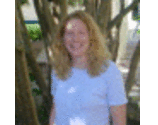 T fiske
T fiske
Listly by T fiske

Curated by professional editors, The Conversation offers informed commentary and debate on the issues affecting our world. Plus a Plain English guide to the latest developments and discoveries from the university and research sector.

Exploring the relationship between science and society with the world's
best up-and-coming science communicators.
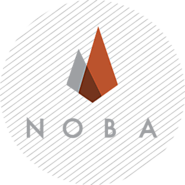
free online platform that provides high-quality, flexibly structured textbooks and educational materials.
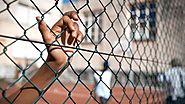
Children spend only 20 percent of their waking time in the classroom. What are they doing during the other 80 percent?
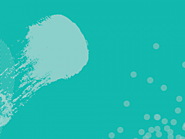
Sense about Science is an independent campaigning charity that challenges the misrepresentation of science and evidence in public life. We advocate openness and honesty about research findings, and work to ensure the public interest in sound science and evidence is recognised in public discussion and policy making.

In January of 2012 I launched the “20% Project (like Google)” in my class. I had no idea at the time how this project would change my teaching forever. Since then I’ve been an advocate
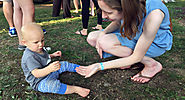
Nothing beats watching a child experience the joy and wonder of play. As a psychology researcher and parent, I still marvel at how much children learn through the playful interactions and activities I observe on a daily basis. Indeed, ethnographer George Dorsey once said, “Play is the beginning of knowledge.”

A recent poll of nearly a million U.S. students concludes that schools need to work on building supports to keep students invested in their educations, especially as they advance in grades.

The Maker Movement is a community of hobbyists, tinkerers, engineers, hackers, and artists who creatively design and build projects for both playful and useful ends. There is growing interest among educators in bringing making into K-12 education to enhance opportunities to engage in the practices of engineering, specifically, and STEM more broadly. This article describes three elements of the Maker Movement, and associated research needs, necessary to understand its promise for education: 1) digital tools, including rapid prototyping tools and low-cost microcontroller platforms, that characterize many making projects; 2) community infrastructure, including online resources and in-person spaces and events; and 3) the maker mindset, aesthetic principles, and habits of mind that are commonplace within the community. It further outlines how the practices of making align with research on beneficial learning environments.
